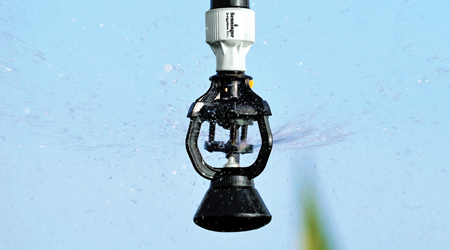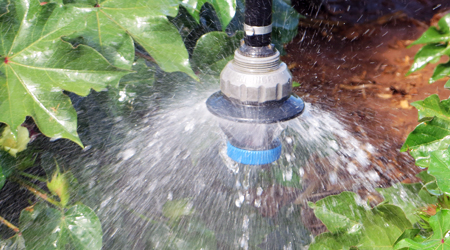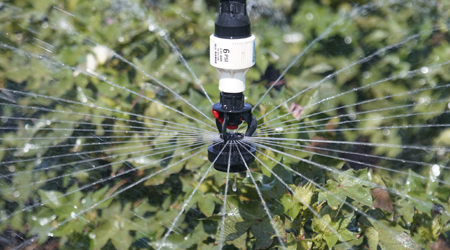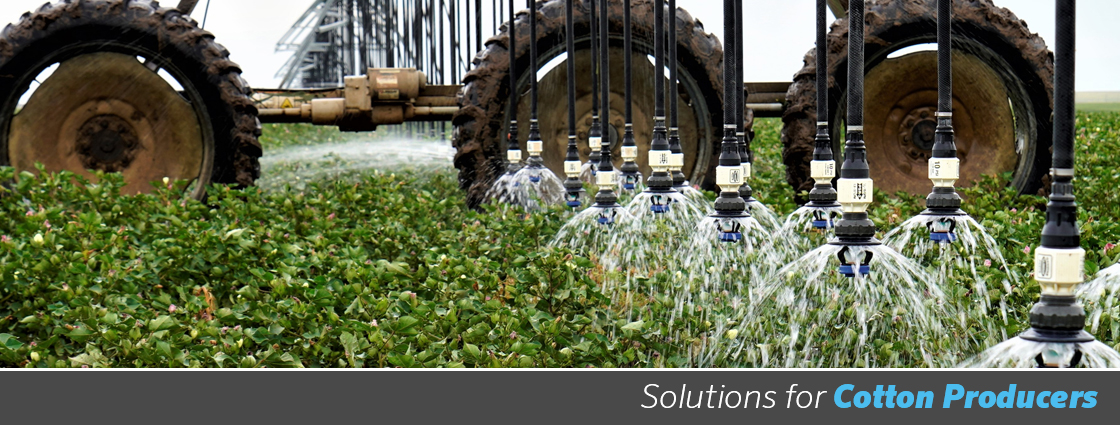
The difference in yield between irrigated and non-irrigated cotton varies based on regional and climatic conditions, but some studies show that watered cotton increased yields by 200% or even 300%. Senninger® sprinklers are designed to meet the crop water needs at different growth stages, match the infiltration capabilities of diverse soil types, and combat the adverse climatic conditions in cotton growing regions.

Control Your Pressure
Every system experiences pressure fluctuations, resulting in unwanted flow deviations and over and under-watering. Regulators maintain a constant preset outlet pressure with varying inlet pressures, which alleviates pressure differences that can cause an applicator’s area of coverage to change.
Senninger® black and white pressure regulators are renowned for their accuracy, durability, and ability to maintain the overall efficiency of an irrigation system.
Learn More


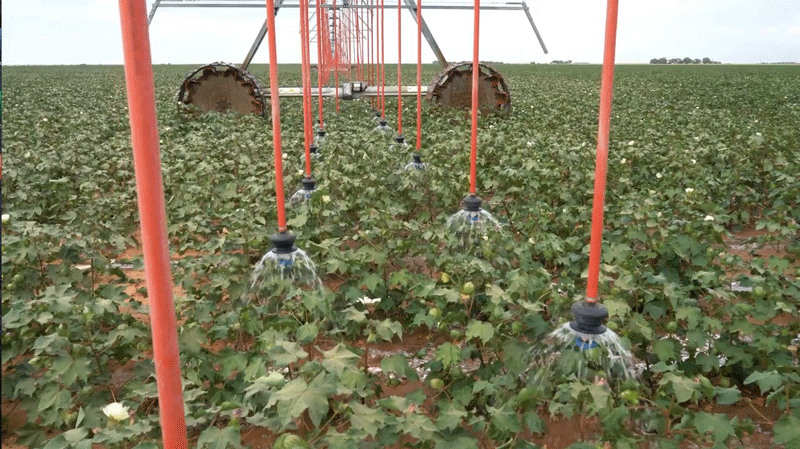
“I go around the country and I see these broadcast spray systems and I can’t, for the life of me, understand why we’ve been so slow to change back to LEPA. A LEPA system is 80% efficient, which means, if you put on an inch of water, you’re going to get eight-tenths of good out of it. If you put it in a broadcast spray, you’re spreading water over 60 inches instead of 30 inches on 30-inch rows or spreading it over 80 inches rather than 40 inches on 40-inch rows. It’s not going to penetrate into the soil as equally and it’s going to have more water exposed to heat and wind, and your efficiency is going to be around 50 percent. So, you’re losing a third on an inch for every inch you are putting on.” - Bob Glodt

